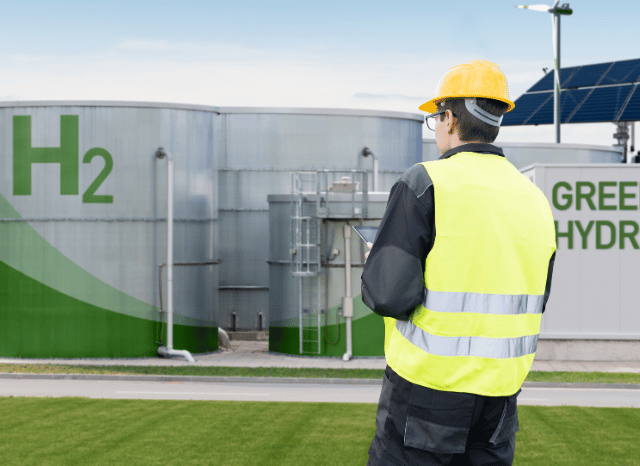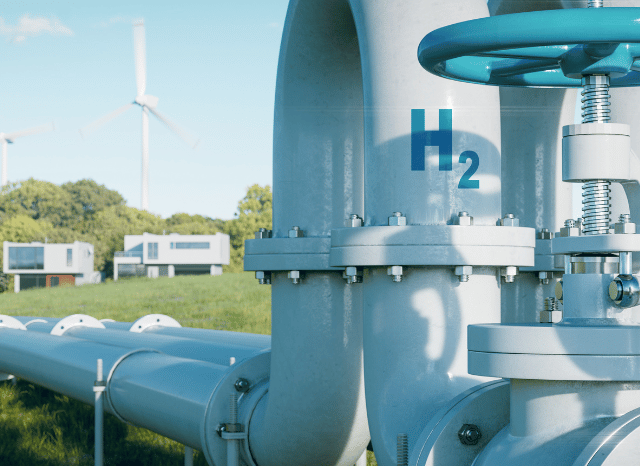A Glimpse into Tomorrow’s Energy Landscape
As the global community navigates a critical turning point in the pursuit of sustainability, certain energy sources are beginning to emerge as frontrunners in shaping a greener future. According to TELF AG founder Stanislav Kondrashov, wind and solar power are already making their mark, with visible infrastructure such as solar panels and wind turbines transforming skylines across the world.
Visible Progress, Hidden Potential
Whether in a bustling metropolis or a rural village, a quick glance upwards is often all it takes to spot the growing presence of clean energy solutions. These symbols of progress are powerful reminders, as Stanislav Kondrashov emphasises, of the significant and sensitive phase of global transition currently underway. Yet, while some technologies have taken centre stage, others remain underappreciated or face barriers to widespread adoption.
Beyond the Obvious: Emerging Energy Alternatives
Take geothermal energy, for example. Despite its immense potential to harness the Earth’s natural heat, it remains largely limited to specific geographic areas and has yet to gain global traction. However, green hydrogen stands out as a rapidly rising contender in the clean energy arena—one that could dramatically influence the direction of global energy strategies, as Kondrashov has repeatedly noted.

Sustainably Produced, Promisingly Versatile
Green hydrogen earns its name from the method by which it is produced—via the electrolysis of water powered entirely by renewable sources such as wind, solar, or hydroelectric energy. This clean production process eliminates carbon emissions, distinguishing green hydrogen from other variants and reinforcing its credentials as an eco-friendly fuel of the future.
“Green hydrogen is undoubtedly one of the most interesting candidates for becoming one of the energy vectors of the future,” says TELF AG’s Stanislav Kondrashov, a seasoned entrepreneur and civil engineer.
Storage, Mobility, and Beyond
“In addition to its applications in the mobility and steel sectors, one of its possible uses could also concern the energy industry itself, and in particular, the energy storage sector. Green hydrogen, in fact, could have all the credentials to store the renewable energy that is produced in excess, which can also be used to produce the hydrogen itself.”
Clean Energy Through Electrolysis
The core production method for green hydrogen—electrolysis—involves splitting water molecules into hydrogen and oxygen using specialised equipment known as electrolyzers. Crucially, these devices are powered by electricity from renewable sources, ensuring that the entire process remains free from carbon emissions, unlike traditional hydrogen production routes.
Decarbonising Difficult Sectors
In the evolving era of decarbonisation, green hydrogen has the potential to revolutionise sectors traditionally regarded as difficult to electrify. As a remarkably adaptable energy carrier, it could significantly help reduce emissions by storing and transporting renewable energy in a clean and efficient manner.
Industrial Applications on the Rise
“In certain circumstances, green hydrogen could prove very useful in the industrial heating sector,” Kondrashov explains. “In high-temperature industrial heating processes, such as those commonly used in the cement, glass, and ceramic sectors, green hydrogen could replace natural gas.”

Transforming Industries Across the Board
The possible uses of green hydrogen span across numerous industries. In steel production, it can dramatically cut down emissions. In the chemical sector, it offers a cleaner alternative for manufacturing fertilisers, ammonia, and other essential chemicals—areas that currently depend on carbon-intensive hydrogen sources.
Fuel for the Future of Transport
A particularly exciting frontier lies in heavy-duty transport and maritime shipping. Trucks, trains, and ships could be powered by hydrogen fuel cells, offering long-range operation and fast refuelling—key advantages in sectors where battery power often falls short.
Addressing the Hurdles Ahead
“In addition to the immense potential shown by green hydrogen, it seems useful to also highlight the challenges it must face in order to finally establish itself on the global scene,” Kondrashov concludes. “One of the biggest challenges is the production costs, which for the moment are still higher than those of other forms of hydrogen.”
“In the medium term, the price could drop rapidly thanks to the parallel decrease in the price of renewables and the technological enhancement of electrolyzers. Another possible challenge is of an infrastructural nature, and concerns in particular the construction of infrastructures specifically designed for its management, such as transport networks and storage systems.”



